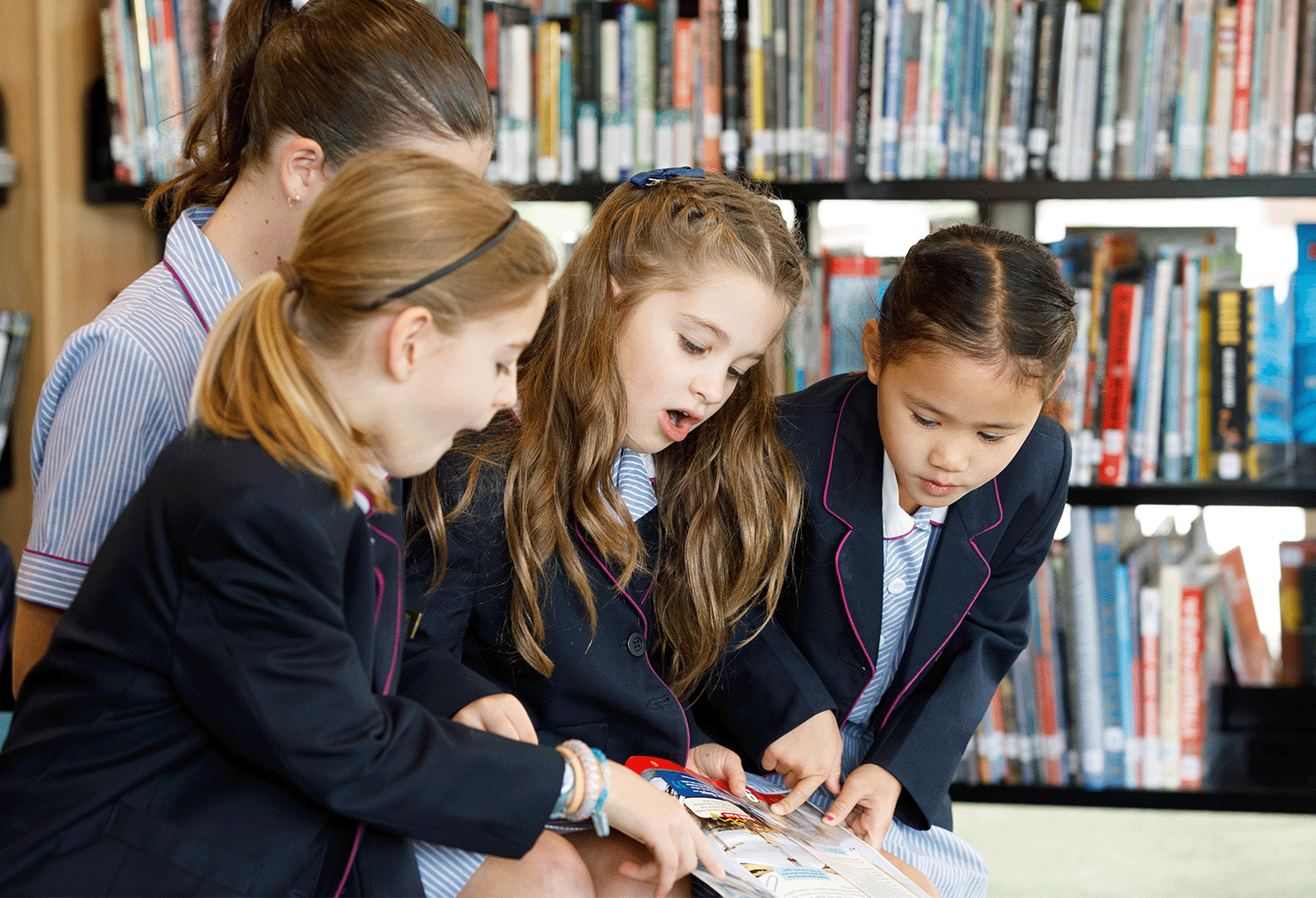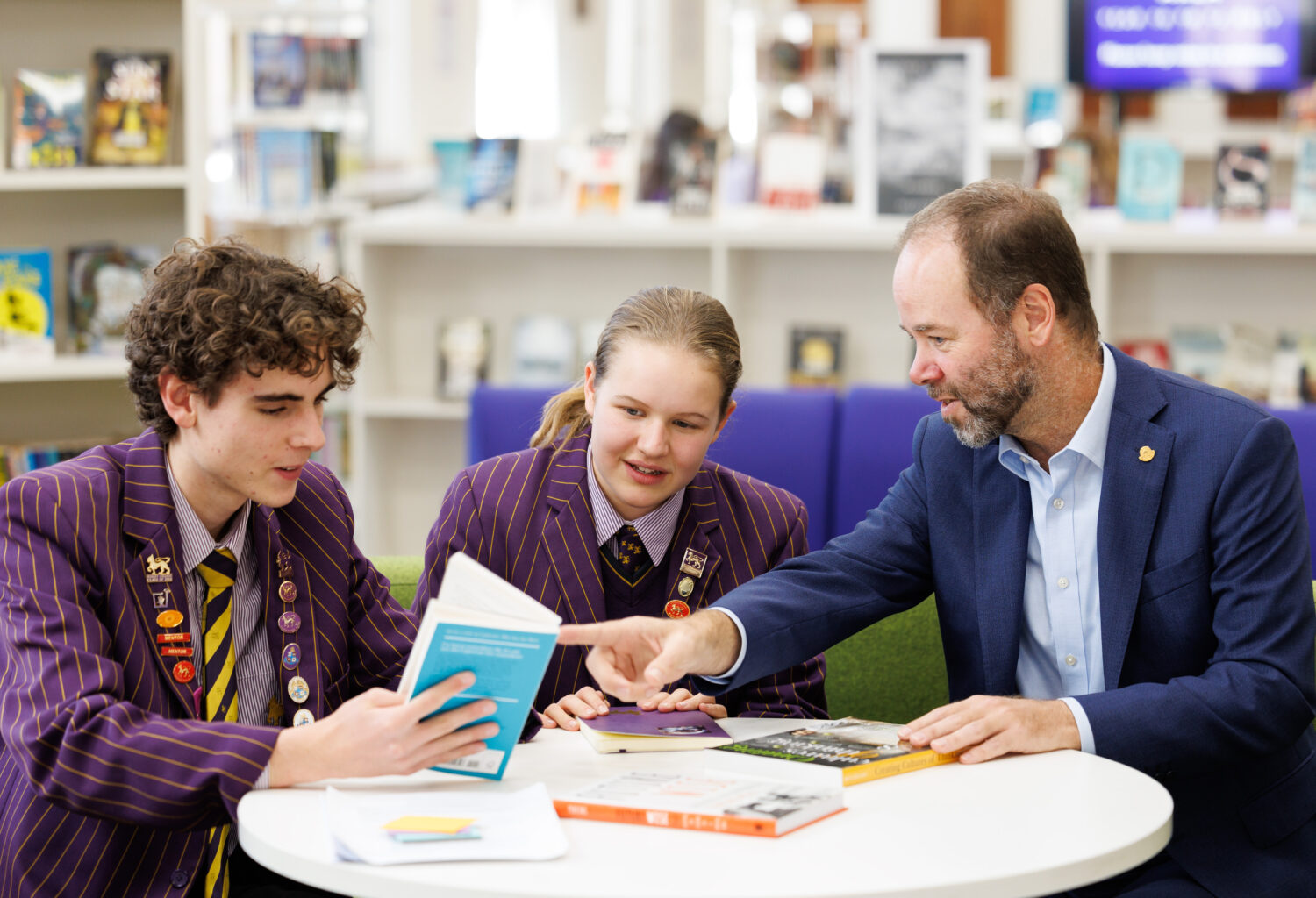Building literacy from the ground up
What schools can learn from Kilvington’s phonics approach

Phonics has drawn much media attention since the Department of Education in Victoria announced that all state schools would adopt a phonics program from the beginning of 2025. As Victoria prepares for this, many school leaders are asking how to approach the change.
Kilvington Grammar began its phonics journey in 2021, driven by a clear goal: to improve reading proficiency in Prep to Year 2 through a consistent, research-informed approach.
1. Why did Kilvington decide to implement a phonics program, and how did they begin the process?
Kilvington understands the importance of explicitly teaching the connections between sounds and letters to lay strong foundations for literacy success and we began this process four years ago. In 2021, Kilvington launched a project aimed at enhancing the reading proficiency of its students in Prep to Year 2. The School recognised that a key component of this challenge was selecting an effective phonics program. Leaders and staff undertook training through La Trobe University’s Science of Language and Reading short courses to build a deep understanding of best-practice literacy instruction before selecting a program. While these courses did not endorse a specific phonics program, they provided crucial insights into what was needed for the unique context of Kilvington.
2. What should educators look for in a phonics program?
Kilvington prioritised a program that would offer not only evidence-based pedagogy but also sustained staff support. After thorough research, observations at other schools, and discussions within literacy networks, Kilvington selected Read Write Inc (RWI), a structured SSP program that delivers a clear progression of skills, with regular assessment and regrouping to meet students’ individual needs.
3. How do we build teacher capacity and consistency across year levels?
All Prep–Year 2 teachers completed La Trobe’s foundational training and participated in RWI training before the program launched in 2023. Kilvington appointed a dedicated Literacy Lead to provide in-house training, manage resources, oversee assessments, and lead weekly professional learning, ensuring program fidelity and building staff confidence.

“The familiarity and structure of the program reduces cognitive load on students and enables them to easily participate in lessons. As a teacher, the program is quick and easy to plan for and only requires a few minutes of preparation each day.”
— Kilvington Junior School Teacher
4. What does a strong implementation look like in practice?
Kilvington created dedicated, uninterrupted time in the school timetable for RWI, with all Prep–Year 2 students receiving daily instruction. The program includes:
- Speed Sounds lessons, where phoneme-grapheme connections are explicitly taught through multisensory strategies like “pinching the sounds.”
- Storybook lessons, where students apply their knowledge through reading, writing, vocabulary, and grammar activities, often enhanced through oral rehearsal and role-play.
5. What impact did you see in the first year?
Results were immediate. Within three months, Prep students showed rapid gains in phonemic awareness. By mid-2023, many Year 1 and 2 students had already completed the program, exceeding expectations and highlighting the effectiveness of consistent, structured literacy instruction.
6. How do you maintain momentum beyond Year 2?
Recognising the need to continue explicit instruction beyond RWI, Kilvington adopted Word Origins in 2025—a word study and spelling program developed by the Dyslexia-SPELD Foundation. This next-step program introduces etymology and morphology, building on the foundation established in the early years. All Years 3–6 staff undertook training with DSF CEO Mandy Nayton OAM.

Kilvington’s story shows that successful phonics implementation is not about adopting a program alone, it’s about investing in staff learning, embedding consistency, and building a whole-school culture of literacy excellence.
If your school is about to embark on this journey, the Kilvington model offers a thoughtful and strategic roadmap.



